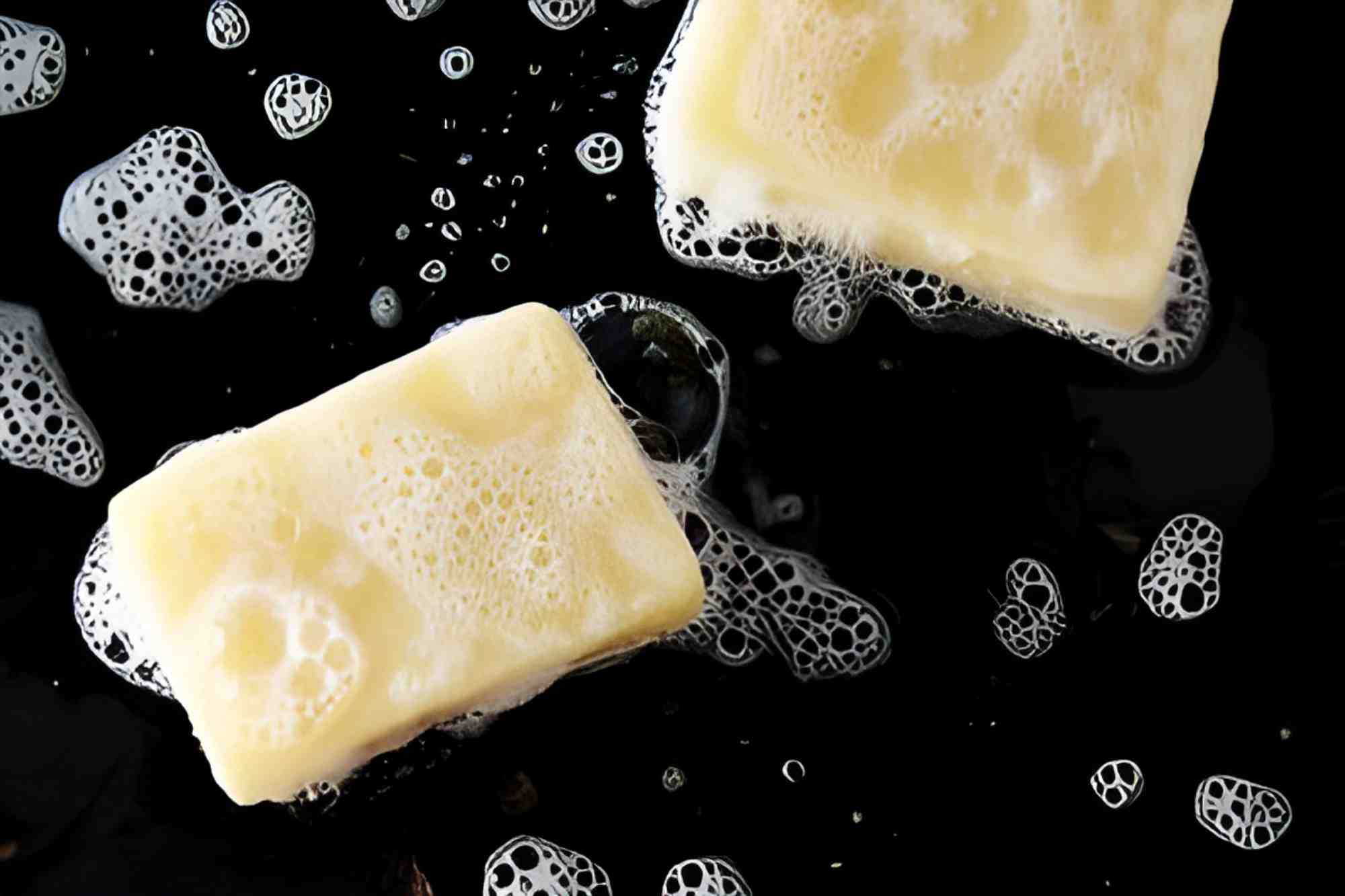Consider searching for soap making supplies and ingredients for sensitive skin if you make soap for various customers. These include gentle oils, fragrance-free additives, and natural pigments.
Table of Contents
Here are eight Tips For Soap making for sensitive skin:
1. Choose the Right Base Oils
The foundation of many soaps is the base oil. Select gentle yet effective oils when caring for sensitive skin. Sweet almond, olive, and coconut oils nourish and moisturise the skin. These products hydrate and soften skin. Shea butter and cocoa butter can be added to moisten. Discover what combination works best for you.
2. Embrace Natural Ingredients
Soothes skin and reduces inflammation. Your soap recipe can include cocoa butter, goat milk, and aloe vera. Always use high-quality natural ingredients on the body. Ingredients containing additives and chemicals should be avoided by skin sensitive to them.
3. Opt for Fragrance-Free
A fragrance-free approach to soap making helps protect sensitive skin. Aromatherapy using essential oils that are skin-friendly can replace artificial fragrances. Essential oils like lavender and chamomile may make your soaps less irritating. The natural scent they add to the soap is also subtle. Soaps without fragrance ingredients provide a soothing experience for customers with fragrance sensitivities.
4. Be Mindful of Colour Choices
A natural colourant enriches soaps with vibrant colours without irritating the skin. Instead of synthetic dyes, look for natural colourants. These types of colours enhance the visual appeal of your soap while aligning with gentle and skin-friendly standards. Experiment with different natural colours to achieve a palette for your soaps that stands out without causing irritation.
5. Control Your Soap’s pH
The pH of soap has a significant impact on sensitive skin’s health. Aim for a pH level of slightly acidic to neutral to make sure your soap is gentle on the skin. Dryness and irritation may result from soaps with high or low pH levels. Use ingredients like citric acid to lower your soap’s pH and sodium lactate to increase it. Regularly test and adjust your soap formulations to maintain an optimal pH balance.
6. Consider Cold Process Soap Making
Cold process soap making allows for better retention of the beneficial properties of oils and natural ingredients. This slower production method preserves the integrity of the gentle, skin-friendly components, resulting in a mild and moisturising soap. Experiment with various recipes and blending techniques within the cold process method to find the most suitable combination for your soap making endeavours.
7. Test Your Soap
Create small batches with different ingredient ratios, scents, and colours to evaluate their impact on sensitive skin. Consider seeking feedback from individuals with sensitive skin to confirm that your soap is effective and soothing. This feedback process allows you to fine-tune your recipe and make necessary adjustments to create a final product tailored to the needs of customers with sensitive skin.
8. Clean Supplies Thoroughly
Be sure to clean your soap making supplies well after each batch to avoid cross-contamination. This is necessary for companies that make exfoliating soap, general-use soap, and soap for sensitive skin. Consider starting a production day by making a batch of sensitive soap before starting on other soap types. This decreases the amount of ingredients that might cross over into your sensitive skin batch. You can also use separate soap-making containers and sets of supplies for each type of soap to reduce the likelihood of contamination.
Purchase Soap Making Supplies
Before purchasing your soap making supplies, consider gentle ingredients and additives for sensitive skin formulations. Look for oils, fragrances, and pigments without artificial chemical preservatives or other potential skin irritants. As you start making your soap for sensitive skin, test your recipe regularly to make sure it doesn’t trigger allergic reactions or inflammation.
Include all the ingredients on your sensitive skin soap labels to help customers make informed decisions for their skin’s health. Contact a bulk supplier near you to find soap making supplies that are safe for sensitive skin.
Please explore our site for more exciting content if you like this article.





